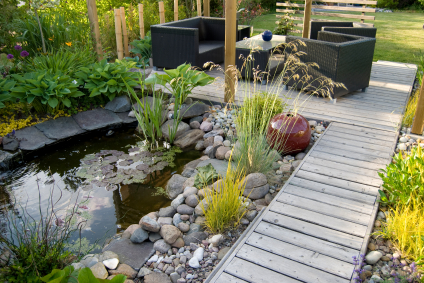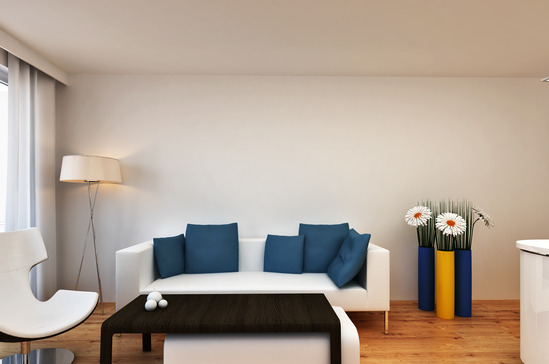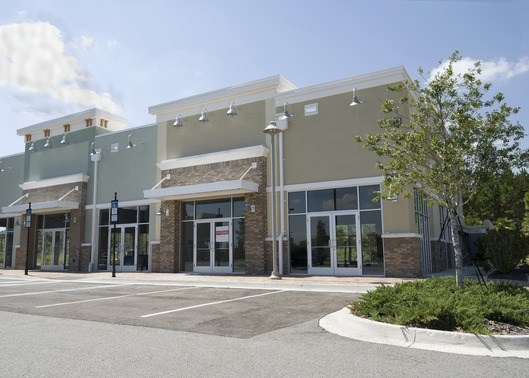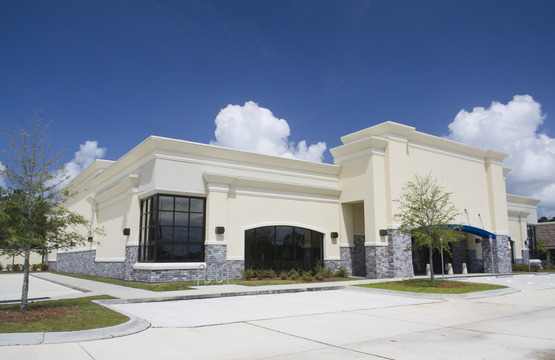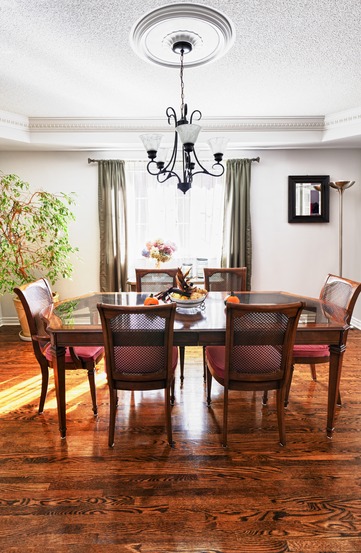We’ve all heard the horror stories of hiring the wrong contractor. He took the money and ran. He used less than reputable products. He spent weeks longer doing the job. The problems began within weeks of the finished job.
The list of complaints goes on and on.
When it comes to finding the perfect company to do business with, especially for a major project that will heavily impact your home, where do you start? How do you make sure you don’t hire a “shady” contractor, and have stories to tell for the rest of your life?
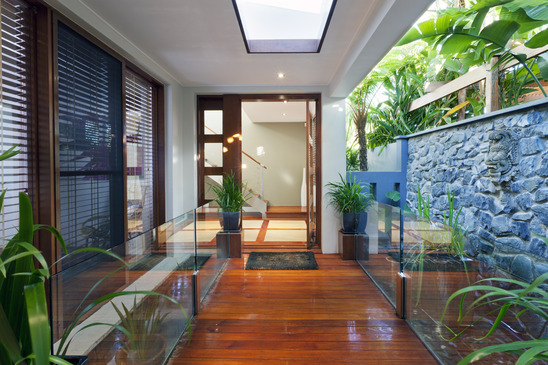
Start by looking for a company that specializes in one thing. If you want a new hardwood floor, make sure they are specialists in flooring. A jack of all trades may spend one week on drywall, the next on flooring. Sure they can do it, but do they know the intricacies to make it perfect? A flooring contractor does nothing but floors, and knows how to watch for the little things that will impact your final product the most.
Look for a company that goes the extra mile. Many of the horror stories start by hiring a “local company that operates out of the back of a truck”. Look for a company that has stood the test of time. Do they have a retail location? How long have they been in business? Are they licensed, bonded and insured? Do they have connections with other organizations around the community? Reputable people work hard to build their reputation, and it should be fairly easy to verify.
Be specific about your needs. If you want a wood floor extended into areas that are currently carpeted, say so. If you have a kitchen island that may be a problem, talk about it. If you have wood floor that is currently warped, mention it. The more a flooring company knows about your current situation, the more they can direct you to the perfect product that will provide you with the results you are looking for.
Pricing should not be your determining factor. Many people have theories about pricing – throw out the lowest and highest bids and select from there, for instance. The problem with that is in many cases, the bids aren’t equal in the first place. Make sure you get detailed quotes, and ask questions so you understand the differences. In some cases companies use different products, or may not include things they will try and charge you for later. Make sure you understand everything from beginning to end before you make your decision.
Finally, this is a short term relationship. Once you hire a contractor, he will be in your home for a short period of time for installation purposes only. Make sure you meet the contractor upfront, and go with your gut feeling. Do you connect? A lot can be said for connection.
Then welcome into your home, let them do the job you paid them for, and enjoy your final results.

For all of your Denver Hardwood Flooring needs visit our site today.

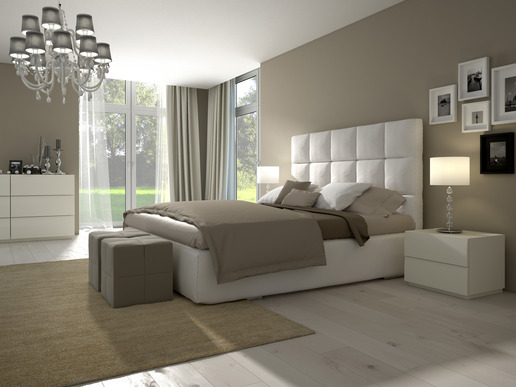
 Style
Style